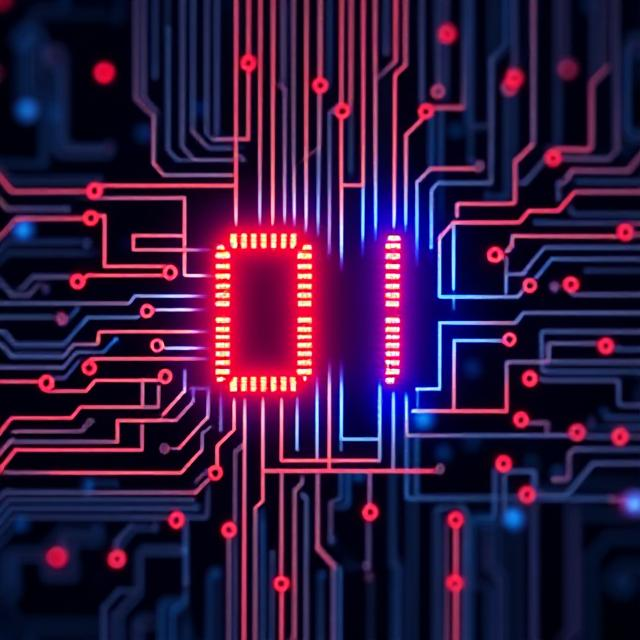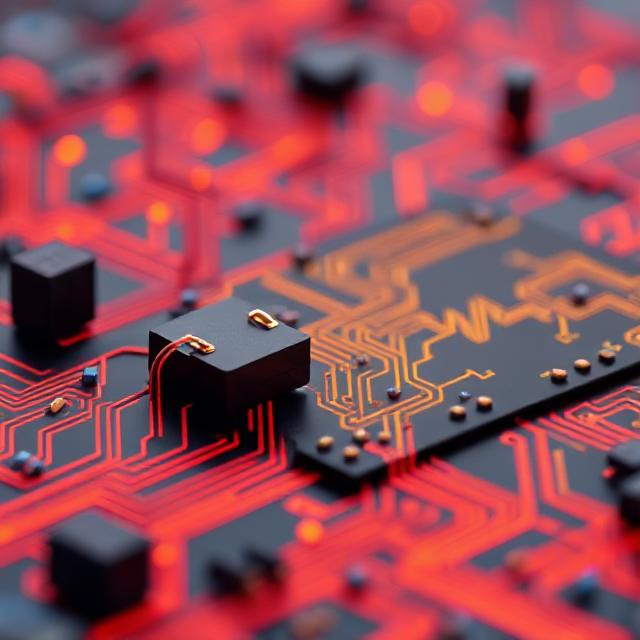Error Detection and Correction Techniques
In digital communication and data storage, maintaining the integrity of data is critical. Whether data is being transferred over the internet, stored on a hard drive, or passed between devices in a system, various factors like electrical noise, transmission errors, or hardware faults can introduce errors. To ensure data is accurate and reliable, engineers use error detection and correction techniques.

These techniques help in:
-
Detecting errors that occur during transmission or storage.
-
Correcting errors, where possible, to restore the original data.
1. Error Detection Techniques
Error detection techniques help identify whether an error has occurred during data transmission. However, they do not necessarily correct the error—only flag it.
a. Parity Check
Parity is a simple and commonly used method for detecting errors.
-
A parity bit is added to a group of data bits.
-
In even parity, the total number of 1s (including the parity bit) should be even.
-
In odd parity, the total number of 1s should be odd.
Example:
Data = 1011 (three 1s)
Even parity requires four 1s, so a parity bit 1 is added.
Transmitted = 10111
If the receiver counts the number of 1s and it doesn’t match the expected parity, an error is detected.
b. Checksum
Checksum is often used in network communications.
-
All data bytes are added together to produce a sum.
-
This sum (or a part of it) is sent along with the data.
-
At the receiving end, the same calculation is done.
-
If the result differs, an error is detected.
Checksums are simple but not always reliable for detecting multiple bit errors.
c. Cyclic Redundancy Check (CRC)
CRC is a more advanced and highly reliable technique.
-
The data is treated as a large binary number.
-
It is divided by a fixed binary value (known as the generator polynomial).
-
The remainder is the CRC value and is appended to the data.
-
The receiver performs the same division. If the remainder matches, the data is assumed to be correct.
CRC is widely used in storage devices (such as hard disks and CDs) and communication protocols like Ethernet.
2. Error Correction Techniques
While detection finds an error, correction techniques aim to restore the original data. Some systems use methods to correct errors automatically, while others request a re-transmission.
a. Automatic Repeat Request (ARQ)
ARQ is a protocol that uses acknowledgements and timeouts to ensure data integrity.
-
If an error is detected, the receiver requests the sender to re-send the data.
-
This process continues until the data is received correctly.
Common ARQ Protocols:
-
Stop-and-Wait ARQ: Sender waits for an acknowledgment before sending the next piece of data.
-
Go-Back-N ARQ: Sender continues sending multiple frames but will re-send from the point of error if an issue is detected.
-
Selective Repeat ARQ: Only the erroneous frames are re-sent.
ARQ is effective but may introduce delay due to re-transmissions.
b. Hamming Code
Hamming code is an error-correcting code that can detect and correct single-bit errors.
-
Extra bits, known as redundant bits, are added to the data.
-
These bits are placed at specific positions based on binary powers (1, 2, 4, etc.).
-
At the receiver, the system checks combinations of bits to locate the error.
-
Once identified, the incorrect bit is flipped to correct the error.
Hamming codes are useful in computer memory systems (like RAM) and low-complexity communication systems.
Comparison of Techniques
| Technique | Detects Errors | Corrects Errors | Common Uses |
|---|---|---|---|
| Parity Bit | Yes | No | Simple embedded systems |
| Checksum | Yes | No | Network protocols, Internet |
| CRC | Yes (very reliable) | No | Storage devices, networks |
| ARQ | Yes | Yes (via re-send) | Data communication systems |
| Hamming Code | Yes | Yes (single-bit) | Memory systems, basic communication |
Key Points to Remember
-
Error detection tells if something went wrong but does not fix it.
-
Error correction goes a step further by fixing the identified issues.
-
CRC and Hamming Code are more powerful and reliable than basic methods like parity or checksums.
-
ARQ is often used when direct correction is not feasible—it simply re-requests the data.
Error detection and correction are crucial in ensuring the reliability and accuracy of digital communication and data storage. Whether using simple parity bits or advanced techniques like CRC and Hamming codes, these tools play a key role in modern digital systems.











